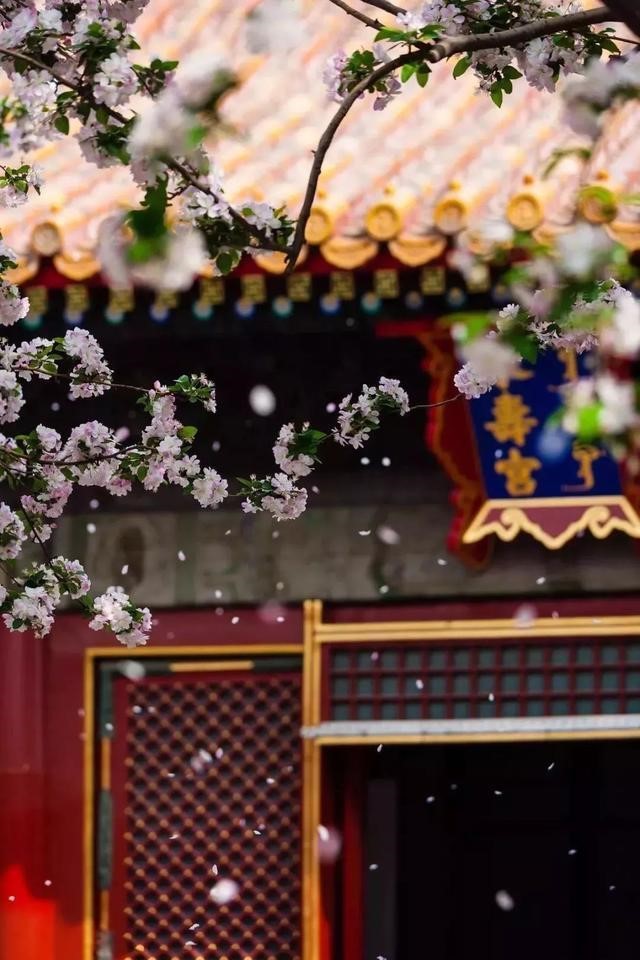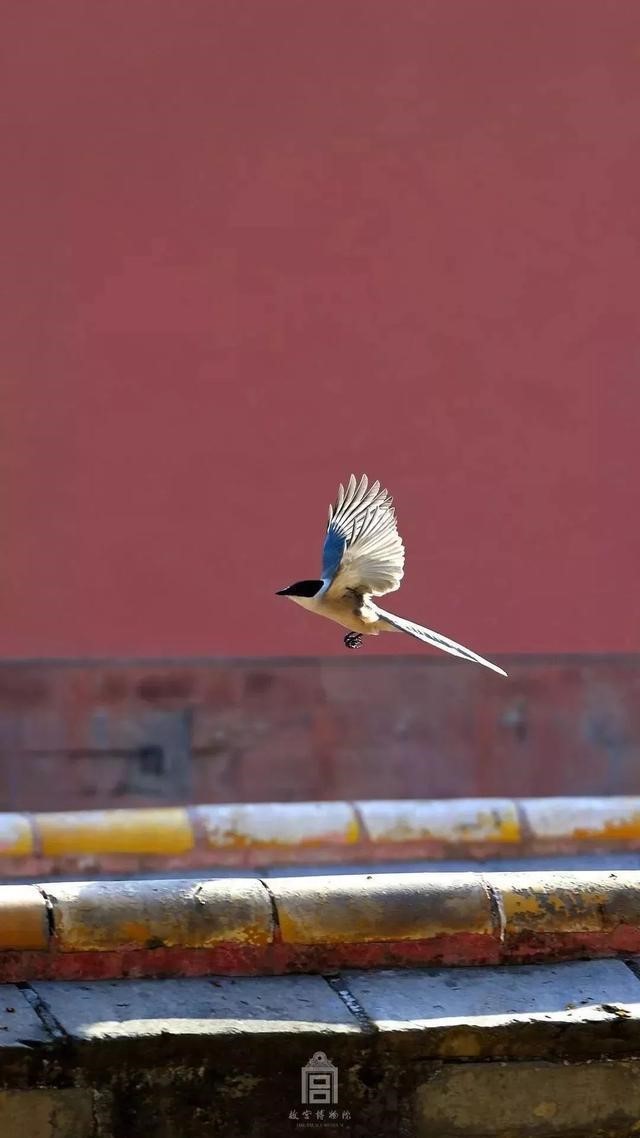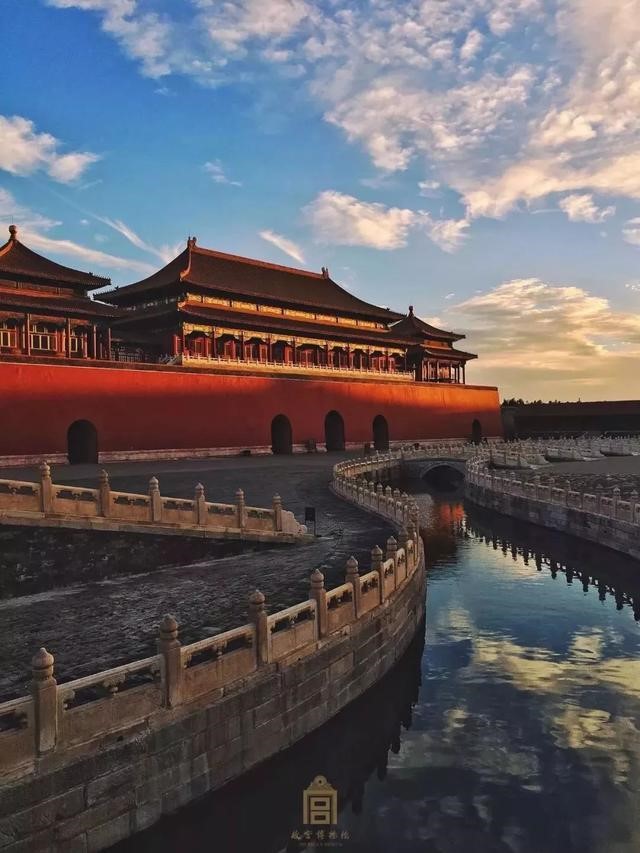
The Combination of Culture and Tourism Lives up to “Poems and Dreams”
On April 8, the newly-built Ministry of Culture and Tourism was official inaugurated. Net friends sighed: “Poems are integrated with dreams”.
Integrating poems with dreams is the development needs of the national cultural career and cultural industry. Culture is a soul of tourism; tourism is a carrier of culture. Essentially, tourism is an important form for cultural experience, cultural cognition and cultural sharing. However, culture also needs to depend on tourism as a carrier to carry out inheritance and innovation. Integrating the responsibilities of the Ministry of Culture and National Tourism Administration, and establishing the Ministry of Culture and Tourism, will help to perform the overall planning for development of cultural career and cultural industry, as well as development tourism resources, to enhance the national cultural soft power and Chinese cultural influence, and promote the integrated development of cultural career, cultural industry and tourism industry.
Integrating poems with dreams reflects the masses’ desire and expectation for better life. Life is not only embarrassment at present, but also poems and dreams. Poems and dreams represent expectations, desire, dreams and pursuit. From superficial sightseeing to profound cultural experience, from simply enjoying the scenery to feeling the historical connotation, people’s higher spiritual needs will be better satisfied.
Integrating poems with dreams is not a simple addition. The expert reminds that, the combination of culture and tourism is not a simple “plaque change”. If culture and tourism are not properly integrated, this causes that the cultural content is cold and empty, and tourism experience is monotonous. The cultural tourism development can live up to the expectation of “poems and dreams” only when the organic combination and deep integration are carried out in aspects like system thinking, content digging, and project operation.
From Xinhua News Agency Reporter: Hu Hao
Under the background of integrating culture with tourism, do you like the Imperial Palace like this?
On April 6 (on the second day of the Tomb Sweeping Day holiday), after rain and snow, in Beijing, there was a chill in the spring air. But, at about 9 o’clock on the morning of that day, over-100m tourist queue still existed at the security check point of Tiananmen Square. The reporter passed through Tiananmen to reach the ticket entrance which was located in front of the Meridian Gate. Over-50m queue existed at each ticket entrance. Among them, there were many foreign group tourists and individual tourists.
Passing through the Meridian Gate, the reporter saw that the wall composed of people had been formed in front of Taihe Palace, and it was very difficult to appreciate the dragon throne in the palace; in the Treasure Hall, there was a long queue of tourists who moved slowly; in the Hall of Clocks and Watches, every showcase was surrounded by many tourists; in “three palaces and six courtyards”, tourists shuttled back and forth…

Why is the popularity of the Imperial Palace so strong?
In the Hall of Clocks and Watches, standing beside the reporter, several young tourists had a chat while carefully enjoying the exquisite clocks and watches
“Is it introduced in Masters in Forbidden City?”
“Introduce how to repair these clocks and watches.” In the Stone Drum Exhibition Hall, one tour guide was carrying out explanation for a small tourist group – “This is a stone drum involved in the latest hit show National Treasure. The Chinese characters on the surface of the drum describe the fishing and hunting scene of ancient noblemen, and record the historical stories before the First Emperor of Qin unified China. The stone drum is a true national treasure.”
In recent years, the Culture IP of the Imperial Place has showed unusually brilliant results. The Forbidden City bearing the historical ups and downs of the Ming and Qing Dynasties has emitted tremendous amounts of energy.
In the Treasure Hall of the Imperial Palace, the signboard shows that “the Imperial Palace has over 1,800,000 cultural relics”. Come to think of it, “1,800,000 cultural relics” are vast and numerous. However, for a long time, between the Imperial Palace and the masses, there have been thick “palace walls”. For the Imperial Place, most ordinary people “just have a one-sided view”, and “know how without knowing why”. Many people’s interest for the Imperial Palace is only limited to “curiosity and novelty”.

In recent years, the Palace Museum has endeavored to transform the concept on preservation of cultural relics, expanded the opening-up extent, changed the display method, and improved the people-oriented service, so that cultural relics “come alive”. With the hot broadcasting of Masters in Forbidden City, National Treasure and palace TV series, more and more tourists visit the Imperial Palace to feel the vitality of cultural relics. It is found that, the Imperial Palace is so profound, rich, wonderful and amiable, to arouse people’s enthusiasm for exploring the Imperial Palace and investigating the history.
Of course, there are other reasons why the Imperial Palace is so crowded. At the ticket entrance located in front of the Meridian Gate, the reporter heard that young mothers had a chat. “China tourism is so hot. Travel with kids. You may see how many children are in the group. One child is accompanied by at least two adults. ”
In front of Baohe Palace, the reporter heard that one father told his child: “This is a place to take the imperial examination. You get it?”

From the perspective of demand end, at the mass tourism era, for people’s demands on tourism, including “food, accommodation, transport, travel, shopping and entertainment”, as well as “business, health maintenance, learning, leisure, passion and novelty”, undoubtedly, the Imperial Palace may meet these demands of people. As tourists say, the Imperial Palace may bring the beautiful scenery to them, and increase their knowledge.
In recent years, the reporter felt that the Imperial Palace had many changes. For example, tourists may buy tickets via internet, and swipe the ID card to pass through the gate machine; in the tourist shop of the Imperial Palace, there are more product categories, and the product is more creative; in the Imperial Palace, many seats are added, tourists may have a rest when they feel tired…The reporter realizes that, the “Palace Wall” between the Imperial Palace and the masses is vanishing, and people are understanding the Imperial Palace again.
